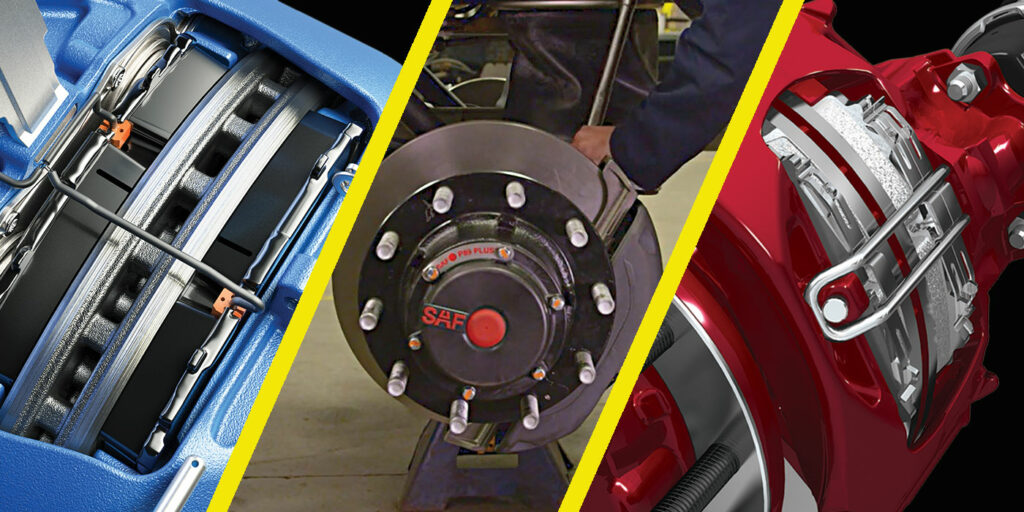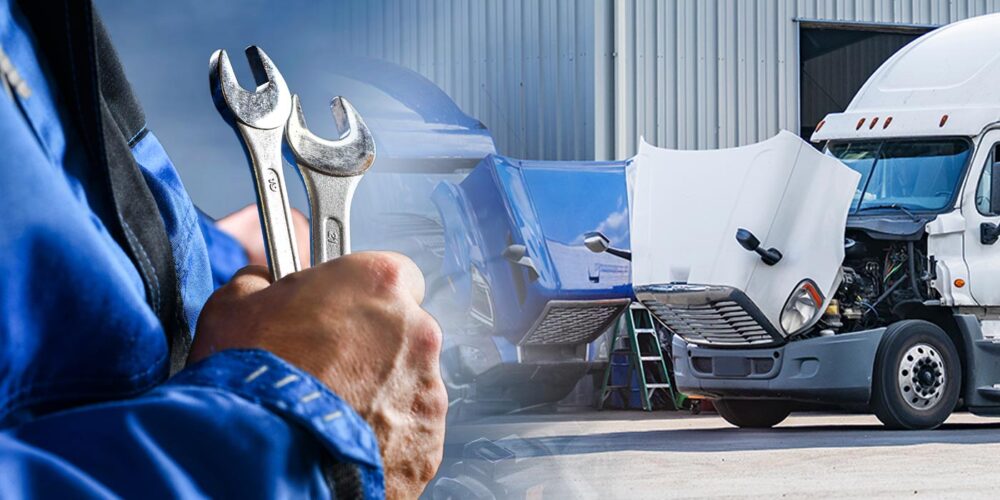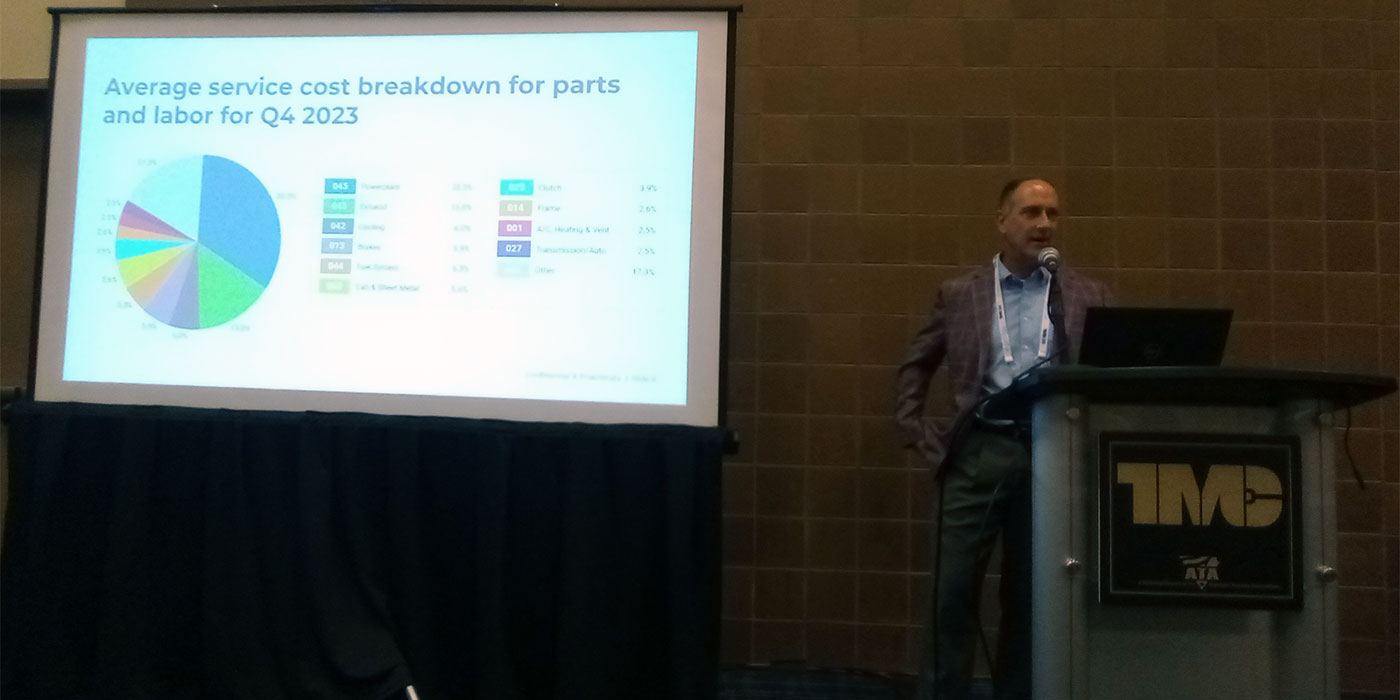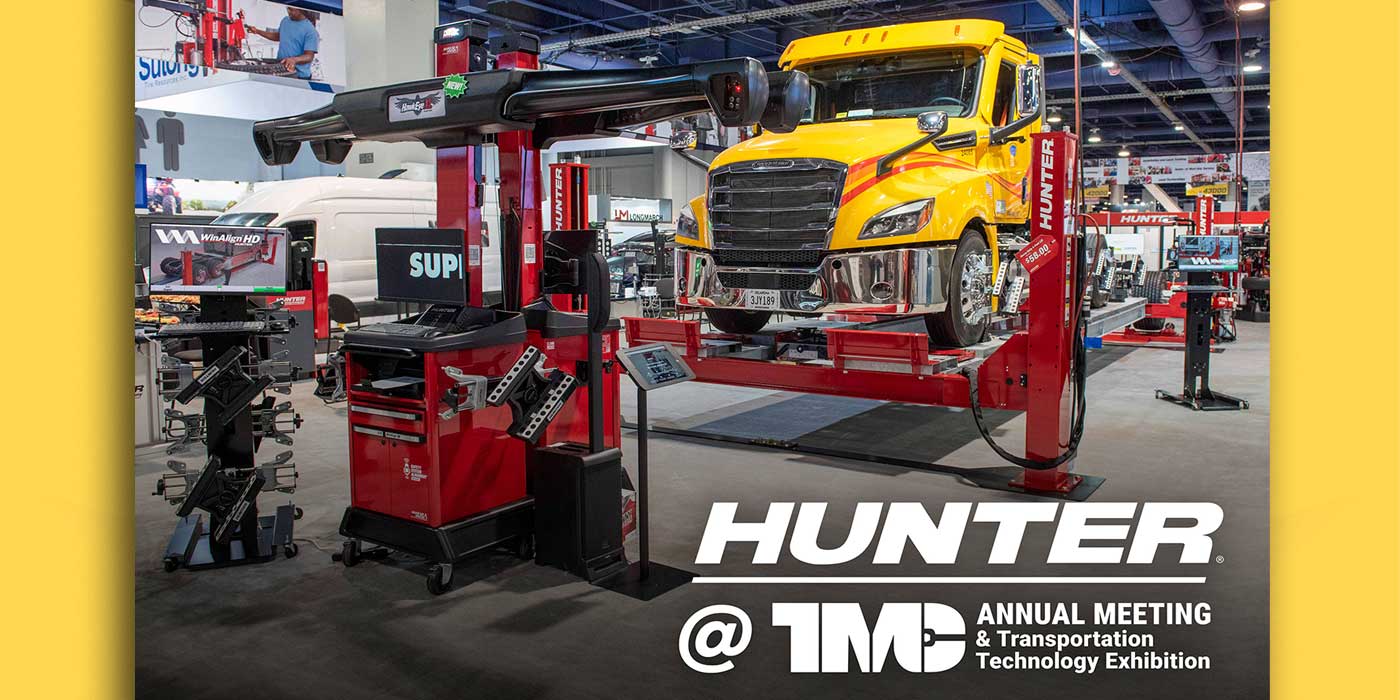While a comprehensive maintenance program is always essential for the performance of key heavy-duty truck brake and wheel end systems, it can be even more critical when fleets adopt new and different types of components and technologies.
“Regulatory changes, such as those requiring copper-free brake pads, may influence maintenance intervals for brake components,” says Jeff Wittlinger, general manager of trailer axle and brakes at Hendrickson. “The copper compliance rule requires brake pads produced after January 2021 to contain less than 5% copper. The removal of copper from brakes will alter pad and rotor friction and may affect brake wear.
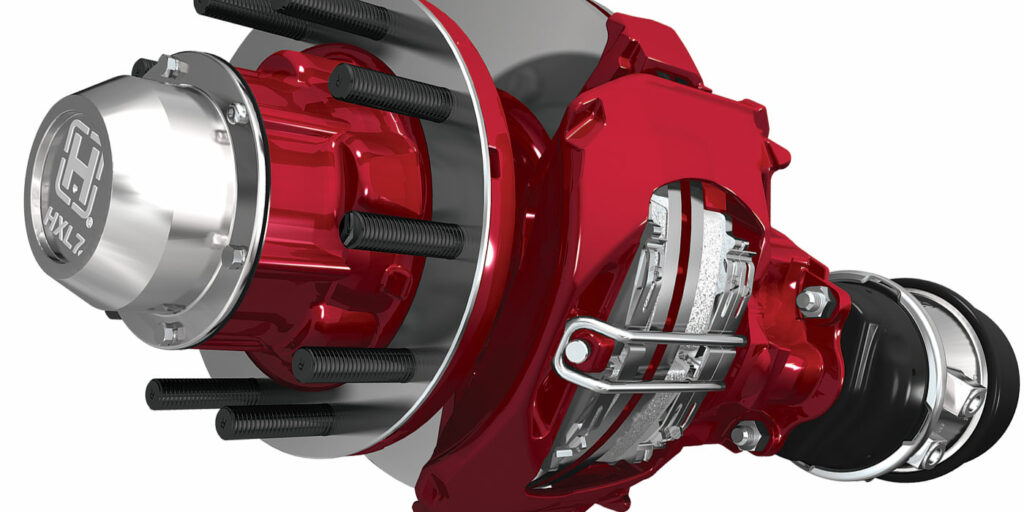
“Similarly, increased use of collision mitigation systems may affect brake component wear as driving habits change,” Wittlinger added. “It is yet to be determined whether these new technologies will extend or shorten maintenance intervals, so comprehensive preventive maintenance needs to include diligence in performing routine inspections, good recordkeeping and understanding operating conditions.”
Overall, according to Wittlinger, brake life changes depending on a vehicle’s duty cycle and operating conditions. Dynamics like average length of haul, application, terrain, driver patterns and tractor-trailer equipment combinations are important factors to consider when determining intervals at which brake linings should be replaced, he advises. Adjusting brake lining inspection intervals to account for these factors and ensuring brakes are serviced before exceeding their wear limits will help maximize service life and ROI.
In particular, Wittlinger says that performing regular inspections for disc brake components such as pads and calipers can significantly impact system life and performance. “For instance, one factor that can negatively impact maintenance cost and system performance is allowing brake pads to wear past minimum thicknesses,” he relates.
“When this happens, the caliper will continue applying force to the worn pad, which in turn continues to grind against the rotor,” Wittlinger explains further. “If left unchecked, the rotor—and in some cases the caliper and booting system—will likely require premature replacement and repair costs can skyrocket.”
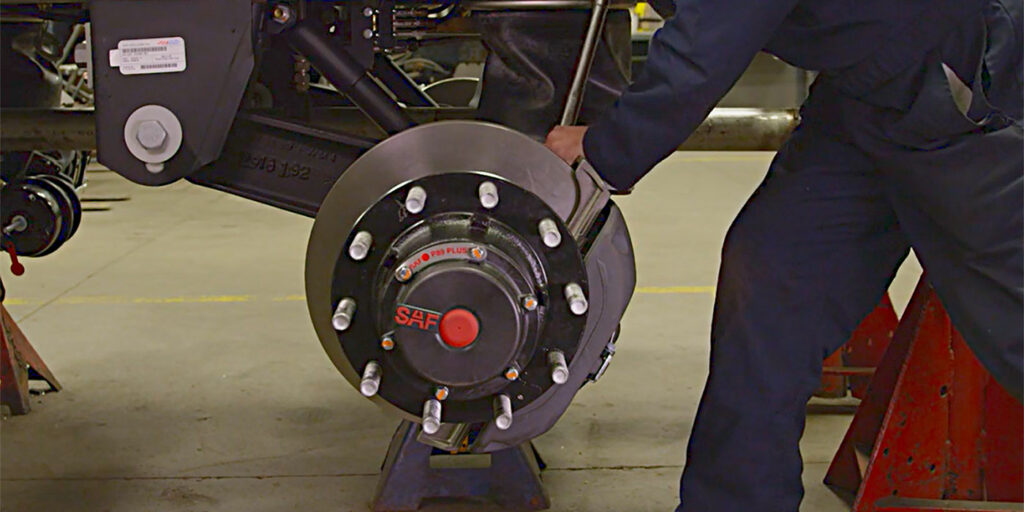
Tony Ryan, SAF-Holland technical services and training manager, points out that the increased industry acceptance of disc brakes means technicians need to understand air disc brake functionality and how to perform service procedures. “Each fleet needs to determine the advantages of a technology and how it may best suit their operation,” he adds. “That also means staying on top of updates and providing training on how to use the technology.”
At the same time, sensors are now becoming available to measure things like brake wear. In 2019, notes Mark Holley, director of marketing and customer solutions, wheel-end for Bendix, the company launched wear sensing for its tractor and trailer air disc brakes. The system includes sensors mounted to the brake pads which detect when the thickness is approaching the need for replacement.
“That can optimize pad replacement maintenance schedules to maximize life and help prevent expensive rotor damage,” Holley says.
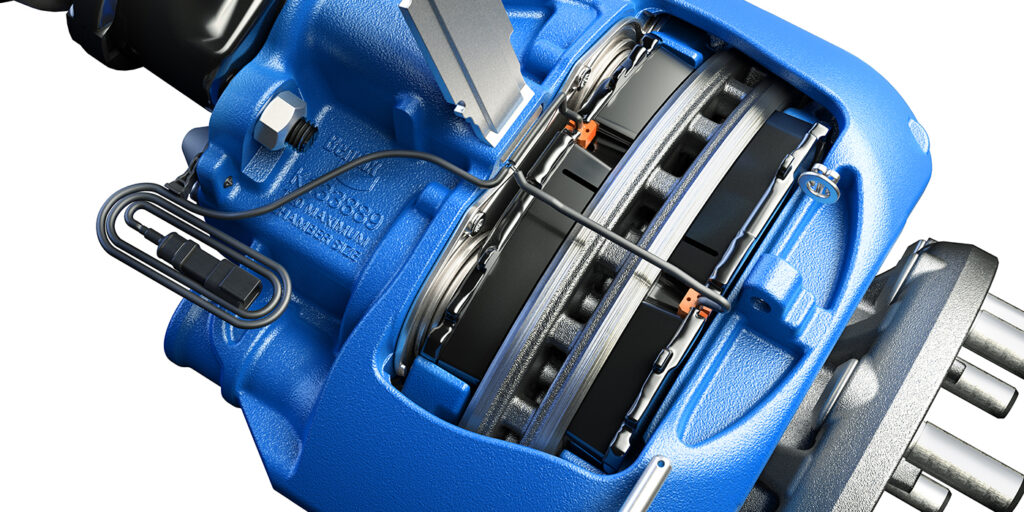
With the Bendix system, at the point when a pad wear sensor is triggered, either the tractor ECU or a unit on the trailer will record a trouble code. If the vehicle is equipped with a telematics system, the fleet can be notified that brake pad replacement is needed, giving them time to schedule service before it’s an emergency situation.
“ABS technology has come a long way from just modulating brakes and can now communicate data from the trailer to the tractor and then through a telematics provider, which delivers it to the service manager,” says SAF-Holland’s Tony Ryan. “That means the service department will be notified in advance and can be prepared by having the necessary parts on hand.”
Even with advance warning of an issue, technicians should always be familiar with the brake and wheel end products they are working on, Ryan notes, so routine training should be scheduled frequently. “Hands-on product training is by far the most effective learning tool, but COVID-19 put a stop to that over the past 18 months,” he adds. “However, with improved technology such as webcams, virtual training has become more effective.
“Augmented reality is the next big development in training, with 3D holograms that allow technicians to train without the need for close contact or even to be exposed to the dangers associated with working on a product for the first time,” Ryan continues. “While in-person training is slowly resuming as COVID restrictions are easing, in the meantime virtual training is still the go-to for most fleets and technicians.”
Ryan also points out that component manufacturers offer many types of service and training manuals for their products online. Service videos are invaluable as well, he adds, while the next evolution for resources is QR codes. Those allow technicians to scan the code with smart phones or tablets and go straight to the service manual, parts manual or training video for that exact product.
Hendrickson’s online training portal provides step-by-step guidance in the form of videos and training courses as well. There is also a wide array of training opportunities available online at the Bendix Brake School, and technicians can attend in-person training at Bendix Product School regional training events.

